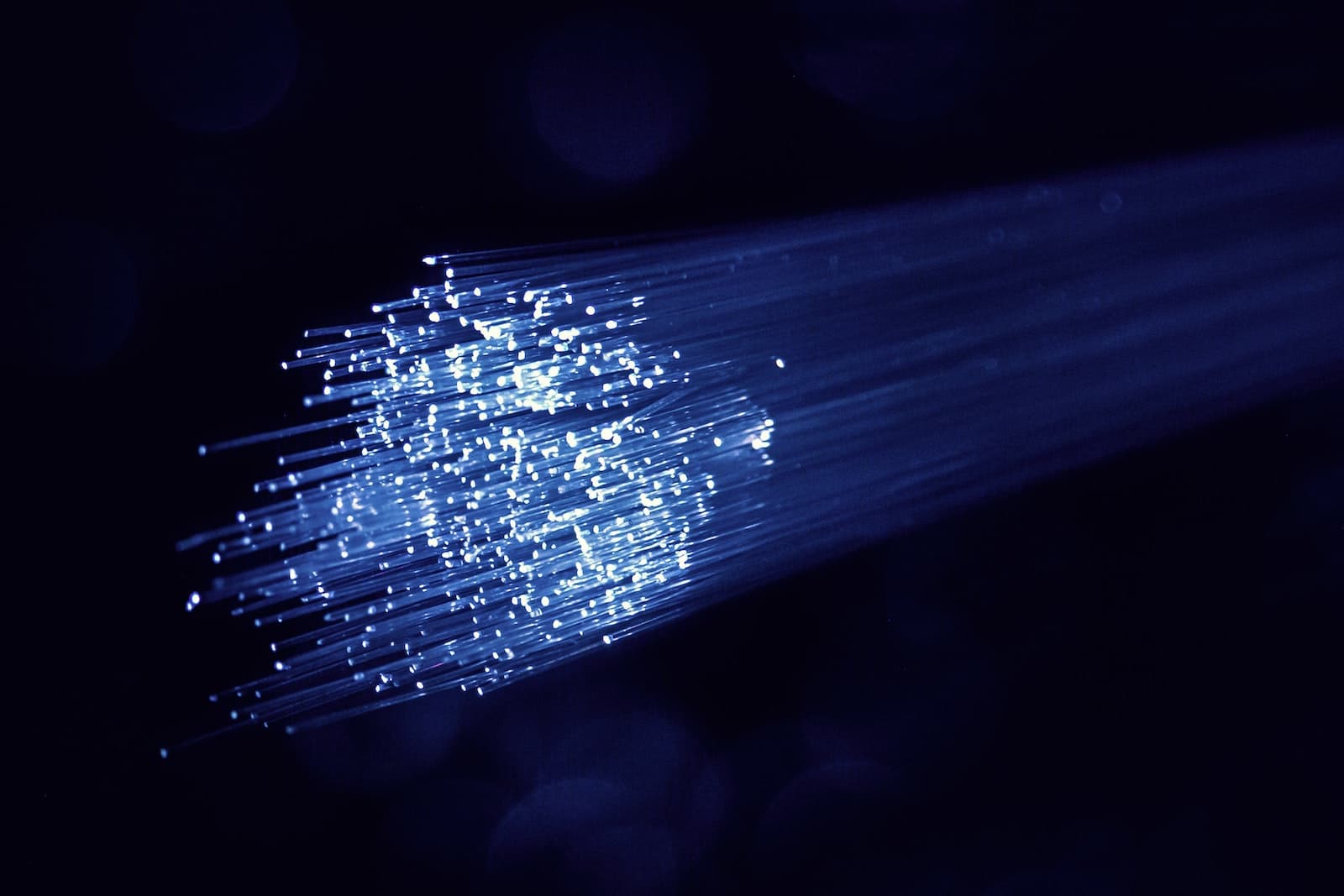While investments are multiplying and political objectives are ambitious, Germany remains a DSL country. And all indications suggest it will continue to be for several more years.
The digital transformation of Germany, especially regarding high-speed internet access, is progressing slowly. According to the 2025 market analysis by the Association of Telecommunications and Value-Added Services (VATM), fiber optics has yet to gain ground against the aging copper-based DSL connection system, which remains the dominant technology in most German households.
DSL Still Dominates, Despite Being Technically Obsolete
Out of the 39.2 million active landlines in Germany, around 23 million are DSL connections, accounting for nearly 59%. In contrast, only 6.1 million are connected via fiber optics (FTTH/B), a still modest figure compared to other more advanced European countries in terms of digitization.
The situation is paradoxical: even though DSL technology is technically outdated and its components increasingly scarce, there is not enough pressure for users to migrate to more modern technologies like fiber. Current VDSL connections, with speeds of up to 250 Mbps downstream, are sufficient for most households, even for demanding services like 4K streaming.
“Homes Passed” Don’t Mean Connected Homes
While both Telekom and its competitors are heavily investing in fiber network deployment, the number of actually connected homes (homes activated) remains low. Deutsche Telekom expects to reach a total of 12.6 million homes passed by its fiber network by the end of 2025, but only 2 million will have the service actually subscribed.
On the other hand, alternative operators (such as Vodafone, 1&1, Deutsche Glasfaser, or EWE TEL) plan to reach 12.2 million homes passed, with a higher activation rate: 3.7 million active fiber customers by 2024, representing 33.6% compared to Telekom’s 14.9%.
This reveals a concerning strategy: Telekom appears to be deploying fiber not so much to connect homes, but in preparation for the future phase-out of copper, further consolidating its dominance over fixed infrastructure.
The Challenge of Profitable Areas… and Aggressive Marketing
Another challenge facing operators is the scarcity of profitable areas to expand their networks. The most attractive areas are already being contested, and many small local operators may struggle to survive in such a competitive environment.
Moreover, the door-to-door sales-based business model faces rejection. Cases like Deutsche Wohnen —owned by Vonovia— that banned Deutsche Telekom from making in-person sales on their properties highlight users’ lack of trust. Although minimum codes of conduct have been established (such as VATM’s “door-to-door code”), the reputation of this channel remains an issue.
Is Consolidation on the Horizon?
VATM’s CEO, Frederic Ufer, warns that it is not sustainable to maintain over 270 fiber optic providers in the long term: “This is a scale business. It is only profitable with hundreds of thousands or millions of customers.” In his view, many municipal or regional operators will ultimately exit the market or reconfigure themselves as passive infrastructure providers.
DSL Until 2030: The Great German Block
Despite advancements in fiber deployment and increased data consumption (which rose from 321.5 GB to 342.7 GB per fixed line monthly in a year), the lack of political pressure and clear incentives means DSL will remain the dominant technology at least until 2030, according to all scenarios considered by VATM.
In summary: Germany has managed to make progress in infrastructure, but not in actual adoption. Without more decisive measures and an effective migration strategy, the fiber revolution will remain buried… under kilometers of copper.
Source: VATM report

